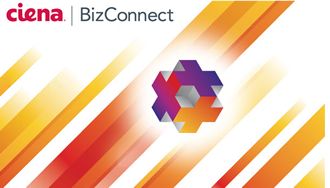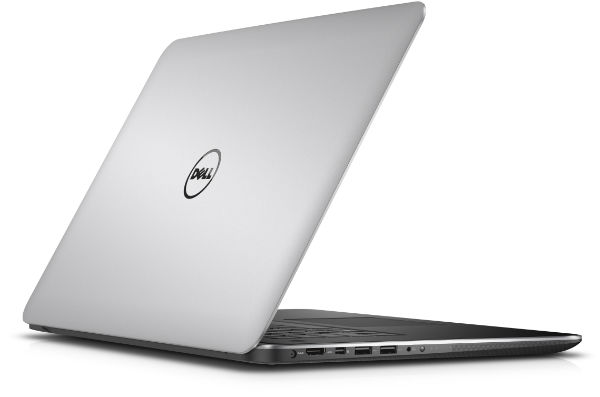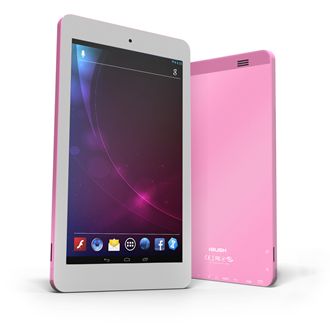 A few weeks ago AMD introduced its Volcanic Islands products at an event in Hawaii. Most of the line-up were just rebrands, but the flagship R9 290X and R9 290 weren’t.
A few weeks ago AMD introduced its Volcanic Islands products at an event in Hawaii. Most of the line-up were just rebrands, but the flagship R9 290X and R9 290 weren’t.
The Hawaii cards are based on all new silicon, 6.2bn transistors crammed onto a 28nm die. AMD did not announce the prices at the event, but a couple of weeks later it launched the R9 290X at $549. The price was lower than expected and it forced Nvidia to slash the price of the GTX 780 by $150.
Just as Nvidia countered the R9 290X, AMD decided to make its life miserable once again. The Hawaii Pro version of the card, the R9 290, launched at $399 – making it $100 cheaper than the GTX 780, which went down from $649 to $499 last week.
There is, however, a slight problem for Nvidia. The R9 290 ends up significantly faster than the GTX 780 and in some cases it can even give the $999 GTX Titan a run for its money.
So, the new card is $100 cheaper than what Nvidia has to offer, yet it’s faster. There is one problem though, reviewers report the R9 290 can get very loud, but it seems like a small price to pay considering the price/performance ratio. In addition, it’s only a matter of time before AIB partners come up with non-reference designs, with custom coolers to keep the noise down.
Nvidia was already forced into two price cuts following AMD’s launch. First it slashed the prices of its sub-$199 products to compete with AMD’s rebranded R7-series. Then it slashed the prices of the GTX 780 and GTX 770, only to be undercut by AMD’s new $399 card. Most punters were expecting the R9 290 to end up at ~$449, but like we said last month, AMD had a couple of good reasons to launch it at $399 – and it did.
Nvidia simply doesn’t have much wiggle room left. Perhaps it’s feeling a bit like Guy Fawkes, and hoping bonfire night is merely a damp squib.
 In the buildup to Christmas it seems that the hot item for Santa’s stocking are tablets.
In the buildup to Christmas it seems that the hot item for Santa’s stocking are tablets.


















